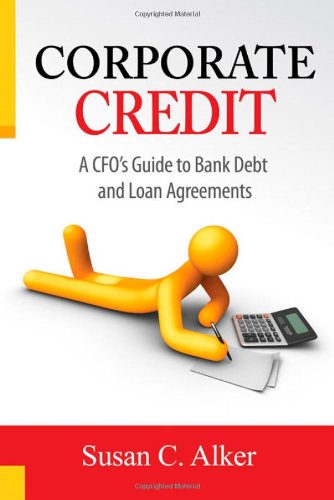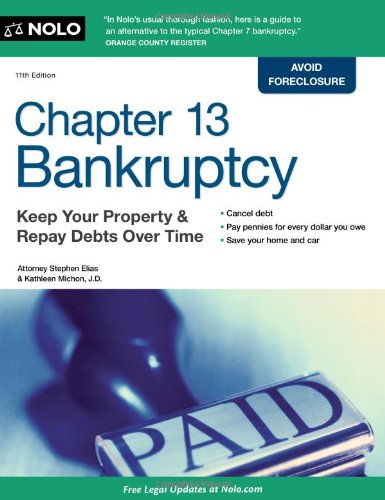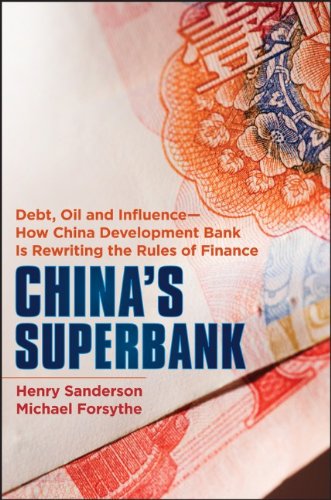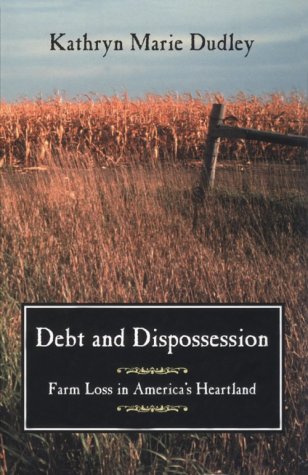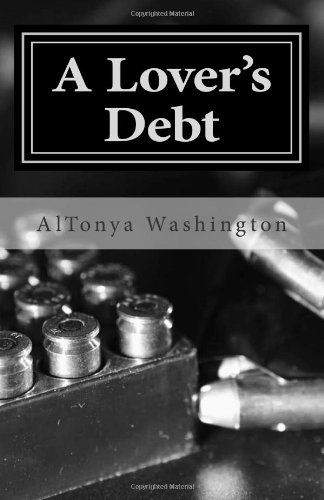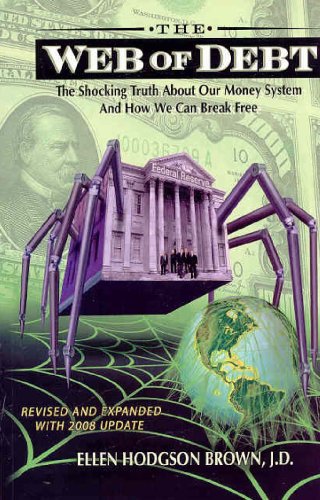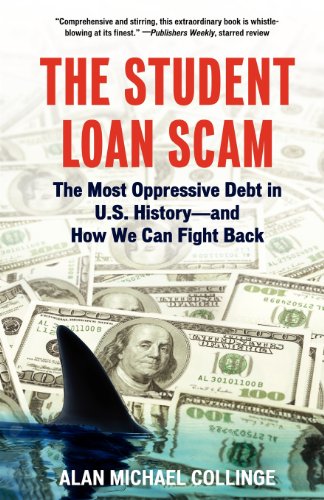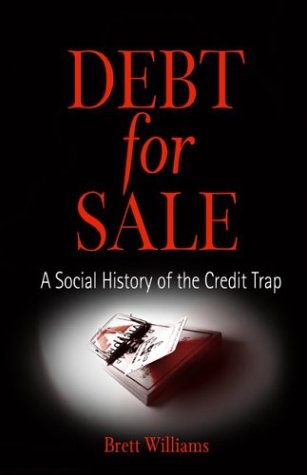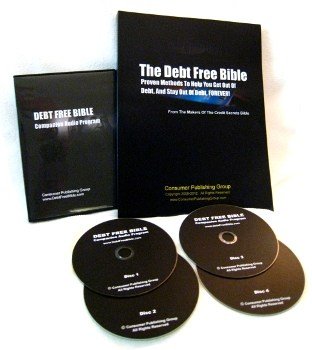A helpful guide for CFO’s and bankers alike, this book demystifies the contents of a typical corporate loan agreement and helps make the entire loan process easier to deal with. The book outlines the steps involved in getting a loan and explains – in plain and easy-to-understand language – what the terms of the loan agreement mean. CFO’s will learn which terms in the agreement could create problems for the company and how to take steps to prevent that. And corporate borrowers and lenders alike will gain a better understanding of the steps involved in preparing to close the deal and how to make it all go smoothly.
Reduce your debts, save your property — and start over!
Are you considering Chapter 13 bankruptcy? Use this plain-English guide to decide if Chapter 13 is right for you and to learn how to keep valuable property and discharge your unsecured debts.
Chapter 13 legal concepts, procedures, and monetary calculations can be tricky. Nolo’s Chapter 13 Bankruptcy breaks down the Chapter 13 process and provides clear explanations of the law so you can:
. consider non bankruptcy alternatives
. decide which is better for you — Chapter 7 or Chapter 13
. determine if you qualify for Chapter 13
. understand bankruptcy’s automatic stay
. learn how Chapter 13 can help avoid foreclosure
. find out if you can reduce your car loan balance, or the balance on other secured debts
. determine if you can strip second mortgages or home equity lines from your home
. calculate (with forms and step-by-step instructions) whether you have enough income to propose a repayment plan that will meet legal requirements
. calculate the amount of your monthly plan payment
. find and work effectively with an excellent lawyer, and
. rebuild your credit after bankruptcy
This newest edition includes new information on hiring and working with a lawyer, recent U.S. Supreme Court and other federal court decisions interpreting bankruptcy law, the latest bankruptcy exemption laws in your state, and recent IRS standard expense amounts (which play a role in plan payments).
If you are considering or have decided to file Chapter 13 bankruptcy, Nolo’s Chapter 13 Bankruptcy is the essential guide you need to understand the procedures and law.
Please note: This book does not cover business bankruptcies, farm reorganizations, or Chapter 7 personal bankruptcy. For Chapter 7 bankruptcy, see Nolo’s How to File for Chapter 7 Bankruptcy. If you own your own business and are considering Chapter 7 bankruptcy, see Nolo’s Bankruptcy for Small Business Owners.
Inside the engine-room of China’s economic growth—the China Development Bank
Anyone wanting a primer on the secret of China’s economic success need look no further than China Development Bank (CDB)—which has displaced the World Bank as the world’s biggest development bank, lending billions to countries around the globe to further Chinese policy goals. In China’s Superbank, Bloomberg authors Michael Forsythe and Henry Sanderson outline how the bank is at the center of China’s domestic economic growth and how it is helping to expand China’s influence in strategically important overseas markets.
100 percent owned by the Chinese government, the CDB holds the key to understanding the inner workings of China’s state-led economic development model, and its most glaring flaws. The bank is at the center of the country’s efforts to build a world-class network of highways, railroads, and power grids, pioneering a lending scheme to local governments that threatens to spawn trillions of yuan in bad loans. It is doling out credit lines by the billions to Chinese solar and wind power makers, threatening to bury global competitors with a flood of cheap products. Another $45 billion in credit has been given to the country’s two biggest telecom equipment makers who are using the money to win contracts around the globe, helping fulfill the goal of China’s leaders for its leading companies to “go global.”
Bringing the story of China Development Bank to life by crisscrossing China to investigate the quality of its loans, China’s Superbank travels the globe, from Africa, where its China-Africa fund is displacing Western lenders in a battle for influence, to the oil fields of Venezuela.
Offers a fascinating insight into the China Development Bank (CDB), the driver of China’s rapid economic developmentTravels the globe to show how the CDB is helping Chinese businesses “go global”Written by two respected reporters at Bloomberg News
As China’s influence continues to grow around the world, many people are asking how far it will extend. China’s Superbank addresses these vital questions, looking at the institution at the heart of this growth.
Product Features
- Used Book in Good Condition
“Lindsay’s delight in imaginary and unknown worlds, her compulsion to write exactly what she doesn’t know, removes her poems completely from the tired confessional anecdotalism of so much narrative poetry.”—Poetry
“Sarah Lindsay’s niche in contemporary poetry might be likened to that of Joseph Cornell’s in modern art. Anything might turn up in a Cornell box: a stuffed bird, images snipped from old engravings, dice, corks, a broken watch–anything. Like Cornell, Lindsay also creates tiny, complete worlds that operate according to their own particular laws.”—Parnassus
In her fourth collection of poetry, National Book Award finalist and Lannan Fellowship winner Sarah Lindsay presents a lyric menagerie of bizarrely imagined personae and historic figures revealing their long-held secrets, alongside surprising scientific subjects and discoveries layered into quirky, dark-edged, sometimes macabre, always intimate and graceful poems. Imbued with a buoying sense of respect for the different, the unexpected, and the challenging, Lindsay’s poems are alive with wonder.
And when asked the obvious question about the title, you can say, “A ‘bone-eating snotflower’ is the inelegant slang for the worm-like creature, Osedax mucofloris, that feeds on the carcasses of minke whales in the North Sea.”
From “Without Warning”:
Elizabeth Bishop leaned on a table, it cracked,both fell to the floor. A gesturegone sadly awry. This was close to factand quickly became symbolic, bound to occurin Florida, where she was surroundedby rotting abundance and greedy insects. One moment a laughing smile, a graceful handalighting on solid furniture, a casual shift of weight, the next, undignified splayed legs. The shell of the tableproved to be stuffed with termite eggs . . .
Sarah Lindsay graduated from St. Olaf College and holds a MFA from UNC Greensboro. Her first book of poetry, Primate Behavior, was a finalist for the National Book Award. She currently works as a copy editor for Pace Communications, and lives in Greensboro, North Carolina.
Winner of the Margaret Mead Award of the Society for Applied Anthropology
The farm crisis of the 1980s was the worst economic disaster to strike rural America since the Depression—thousands of farmers lost their land and homes, irrevocably altering their communities and, as Kathryn Marie Dudley shows, giving rise to devastating social trauma that continues to affect farmers today. Through interviews with residents of an agricultural county in western Minnesota, Dudley provides an incisive account of the moral dynamics of loss, dislocation, capitalism, and solidarity in farming communities.
Carlos and Dena McPhereson are a couple whose love is only matched by the enormity of secrets existing between them. Those secrets are ones Dena Ramsey McPhereson never intended to share with her husband. The plan however is reworked when a visit from former acquaintances puts Dena in the unimaginable position of having to choose between protecting family and losing the man she loves. Carlos McPhereson has no intentions of letting that happen. He’d waited a lifetime for Dena. Not only had he waited- he’d observed, tracked those he felt responsible for taking her from him. He’d allowed his wife to believe he had no real clue of the events that had filled her years, until the time comes when the full truth can no longer be avoided. Now will be the moments for revelations. Revelations that will reveal the path towards the final acts in a dramatic and deadly menagerie that some will not survive.
EXPLODING THE MYTHS ABOUT MONEY Our money system is not what we have been led to believe. The creation of money has been “privatized,” or taken over by a private money cartel. Except for coins, all of our money is now created as loans advanced by private banking institutions — including the private Federal Reserve. Banks create the principal but not the interest to service their loans. To find the interest, new loans must continually be taken out, expanding the money supply, inflating prices — and robbing you of the value of your money. Web of Debt unravels the deception and presents a crystal clear picture of the financial abyss towards which we are heading. Then it explores a workable alternative, one that was tested in colonial America and is grounded in the best of American economic thought, including the writings of Benjamin Franklin, Thomas Jefferson and Abraham Lincoln. If you care about financial security, your own or the nation’s, you should read this book.
Product Features
- Used Book in Good Condition
The Student Loan Scam is an exposé of the predatory nature of the $85-billion student loan industry. In this in-depth exploration, Collinge argues that student loans have become the most profitable, uncompetitive, and oppressive type of debt in American history.
This has occurred in large part due to federal legislation passed since the mid-1990s that removed standard consumer protections from student loans-and allowed for massive penalties and draconian wealth-extraction mechanisms to collect this inflated debt. High school graduates can no longer put themselves through college for a few thousand dollars in loan debt. Today, the average undergraduate borrower leaves school with more than $20,000 in student loans, and for graduate students the average is a whopping $42,000. For the past twenty years, college tuition has increased at more than double the rate of inflation, with the cost largely shifting to student debt.
Collinge covers the history of student loans, the rise of Sallie Mae, and how universities have profited at the expense of students. The book includes candid and compelling stories from people across the country about how both nonprofit and for-profit student loan companies, aided by poor legislation, have shattered their lives-and livelihoods. With nearly 5 million defaulted loans, this crisis is growing to epic proportions.
The Student Loan Scam takes an unflinching look at this unprecedented and pressing problem, while exposing the powerful organizations and individuals who caused it to happen. Ultimately, Collinge argues for the return of standard consumer protections for student loans, among other pragmatic solutions, in this clarion call for social action.
Credit and debt appear to be natural, permanent facets of Americans’ lives, but a debt-based economy and debt-financed lifestyles are actually recent inventions. In 1951 Diners Club issued a plastic card that enabled patrons to pay for their meals at select New York City restaurants at the end of each month. Soon other “charge cards” (as they were then known) offered the convenience for travelers throughout the United States to pay for hotels, food, and entertainment on credit. In the 1970s the advent of computers and the deregulation of banking created an explosion in credit card use—and consumer debt. With gigantic national banks and computer systems that allowed variable interest rates, consumer screening, mass mailings, and methods to discipline slow payers with penalties and fees, middle-class Americans experienced a sea change in their lives.
Given the enormous profits from issuing credit, banks and chain stores used aggressive marketing to reach Americans experiencing such crises as divorce or unemployment, to help them make ends meet or to persuade them that they could live beyond their means. After banks exhausted the profits from this group of people, they moved into the market for college credit cards and student loans and then into predatory lending (through check-cashing stores and pawnshops) to the poor. In 2003, Americans owed nearly $8 trillion in consumer debt, amounting to 130 percent of their average disposable income. The role of credit and debt in people’s lives is one of the most important social and economic issues of our age.
Brett Williams provides a sobering and frank investigation of the credit industry and how it came to dominate the lives of most Americans by propelling the social changes that are enacted when an economy is based on debt. Williams argues that credit and debt act to obscure, reproduce, and exacerbate other inequalities. It is in the best interest of the banks, corporations, and their shareholders to keep consumer debt at high levels. By targeting low-income and young people who would not be eligible for credit in other businesses, these companies are able quickly to gain a stranglehold on the finances of millions. Throughout, Williams provides firsthand accounts of how Americans from all socioeconomic levels use credit. These vignettes complement the history and technical issues of the credit industry, including strategies people use to manage debt, how credit functions in their lives, how they understand their own indebtedness, and the sometimes tragic impact of massive debt on people’s lives.
Product Features
- ISBN13: 9780812238174
- Condition: New
- Notes: BRAND NEW FROM PUBLISHER! 100% Satisfaction Guarantee. Tracking provided on most orders. Buy with Confidence! Millions of books sold!
Do you ever feel TRAPPED by your DEBT?
If you’re looking for the FASTEST WAY OUT then the Debt Free Bible is your roadmap to freedom and here’s why; unlike other “get out of debt programs”
the Debt Free Bible doesn’t force you to use a single system or strategy. Why?
Because financial experts know there is no ONE SYSTEM to become debt free which will work best for everyone. So the Debt Free Bible gives you over
“19 Get Out of Debt Strategies” in ONE Manual (+4 Audio CD’s). It may be hard to believe, but we spent nearly 2 years and over $25,000
developing the Debt Free Bible.
Here’s just a little of what you’ll discover in the 287 pg Manual (+4 Audio CD’s):
• 43 places you can find UNCLAIMED MONEY to get out of debt fast! (page 253)
• Use the “Method Matrix” to compare 19 get out of debt methods and pick the best one (page 222)
• Discover how to get one bank pay off another bank with the “IR Method” (page 163)
• How to use the “Overflow Method” pay off any debt faster (page 159)
• How to pay off your bills FASTER with no extra money using the “RR Strategy” (page 167)
• Why the “LBF Technique” gives you a psychological advantage to become debt free (page 169)
• Why the “HIF Method” should be used FIRST on debts over 24% interest (page 171)
• How the “Division Method” and a calculator can get you debt free 8 YEARS SOONER (page 173)
• Pay off your mortgage in only 6 YEARS with the “AP Strategy” (page 191)
• A clever way to use your debt like a checking account with the “Deposit Method” (page 193)
• Use the “Float Technique” to loan yourself money to get out of debt FAST (page 197)
• And much more!
Product Features
- 287 Page Manual
- Four Interactive One Hour Audio CD’s
- NOTE: The “Debt Free Bible” is only a small part of the more expensive “Debt Free Bible System” which covers Debt Negotiation Strategies
